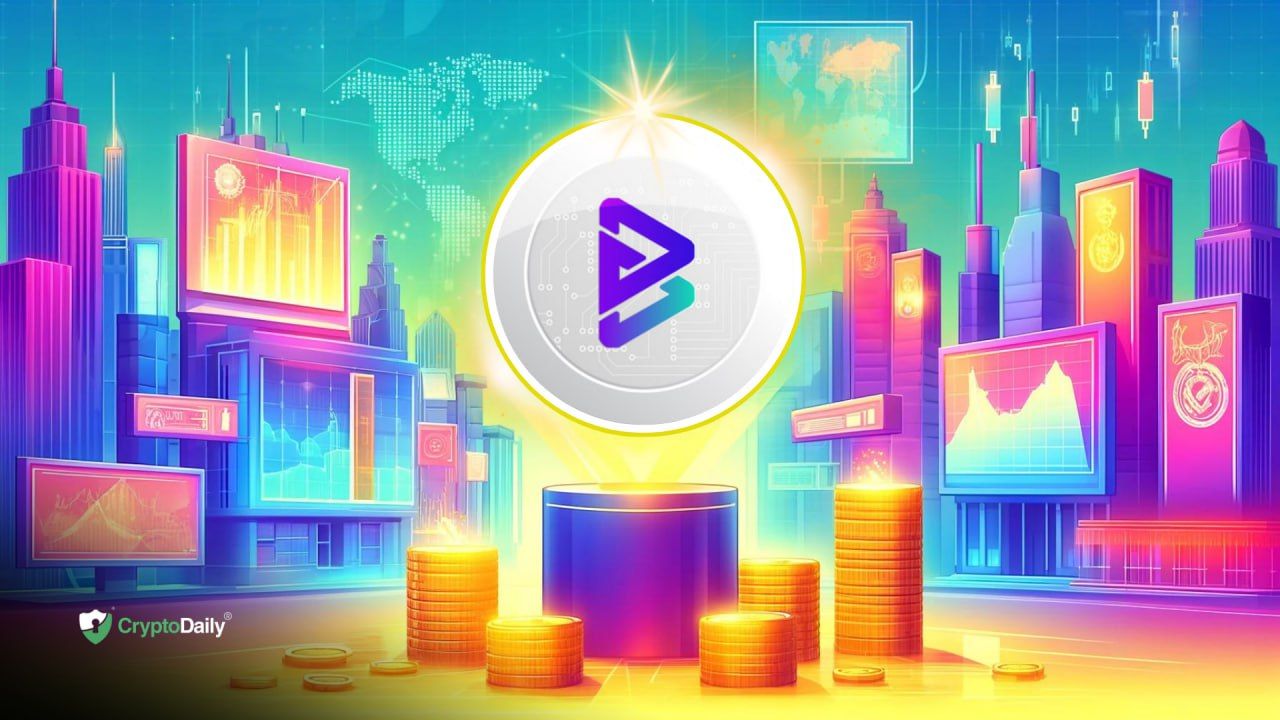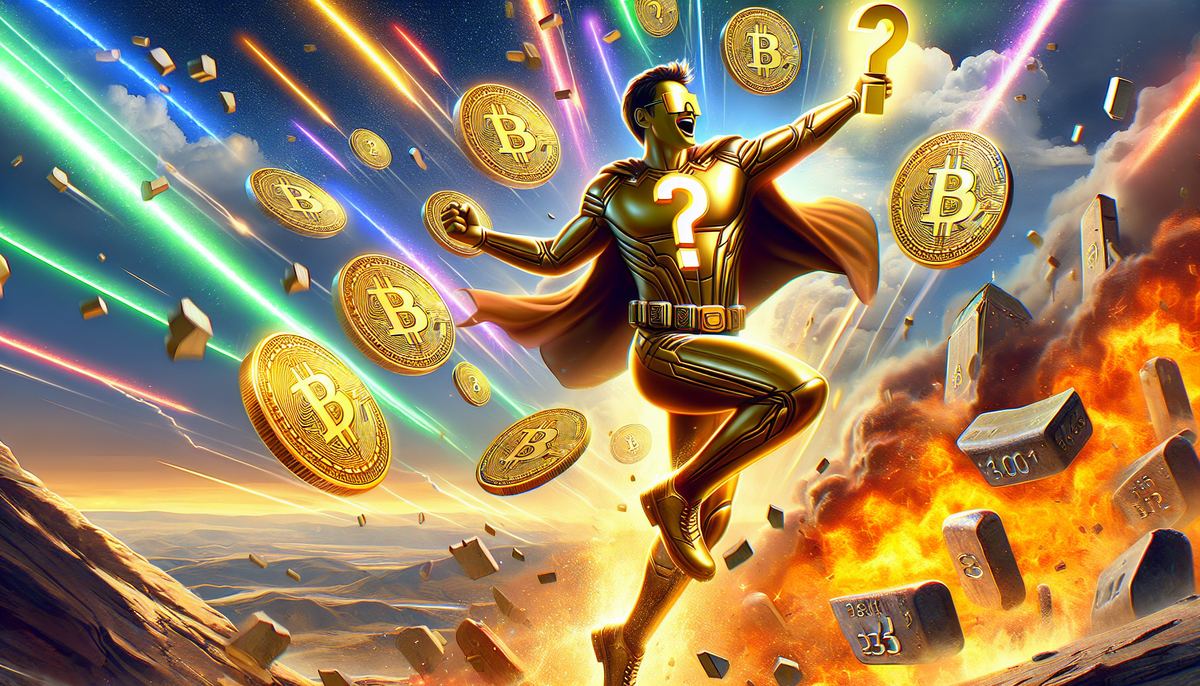Litecoin is one of the most popular cryptocurrencies currently in circulation. In this blog, we're going to take a quick look back through the history of LTC, from its beginnings to its present-day outlook. Early days Litecoin was first created in 2011, by Charlie Lee, a developer who previously worked for Google. Its establishment came just two years after Satoshi Nakamoto announced the release of Bitcoin, which is why many have labelled Litecoin as being the 'silver' to the more popular Bitcoin's 'gold'. Litecoin's USPs are its speed of transaction – it processes blocks in 2.5 minutes, compared to Bitcoin's 10 minutes – and cheaper fees. Increasing popularity 2013 was the year in which Litecoin really started to take off. In November of that year, LTC grew in value by 100% over a period of just 24 hours and reached a $1 billion market capitalisation. This progression established it as the second most valuable cryptocurrency, after its rival Bitcoin. More milestones In May 2017, Litecoin was the subject of the first Lightning Network transaction when 0.00000001 LTC was sent from Zürich to San Francisco in under one second. Litecoin had a stellar year in 2017 – the year in which cryptocurrencies started to reach a wider audience. Between January and December 2017, its price rose from $4 to $350, a return of over 8000%. Today Although it has now grown its market capitalisation to over $9 billion, Litecoin has, in recent months, been superceded by cryptocurrencies such as Ethereum and XRP. A crash in the market in March 2018 is partly to blame for this decrease in valuation. Despite this, Litecoin is currently the world's seventh most valuable cryptocurrency – a strong position to hold in what is becoming a gradually more saturated market.
Investment DisclaimerA Brief History Of Litecoin
Published
5 years ago on
August 27, 2018
Robert first came across Bitcoin in 2016 during a meetup in Belgium, and has been hooked ever since. With a background in Economics, you can find Robert frequently looking at the Twitter feed of the SEC for any regulatory updates relating to Bitcoin and Crypto in general.

Breaking News
April 20, 2024
Polkadot Teases JAM Protocol As Replacement For Relay Chain

Altcoins
April 19, 2024
BEFE Coin’s Price Trajectory: Unveiling the Potential for Growth

Altcoins
April 19, 2024





